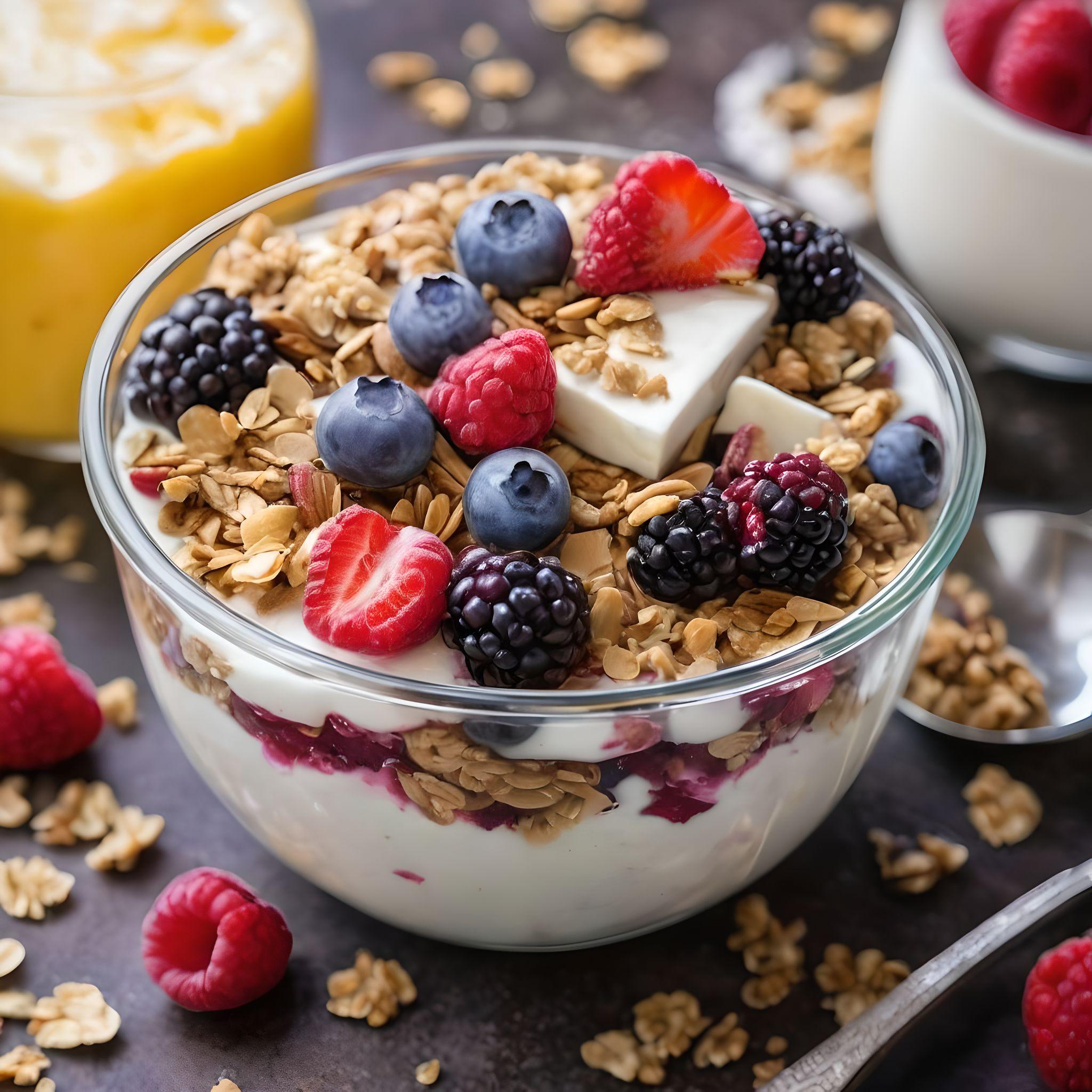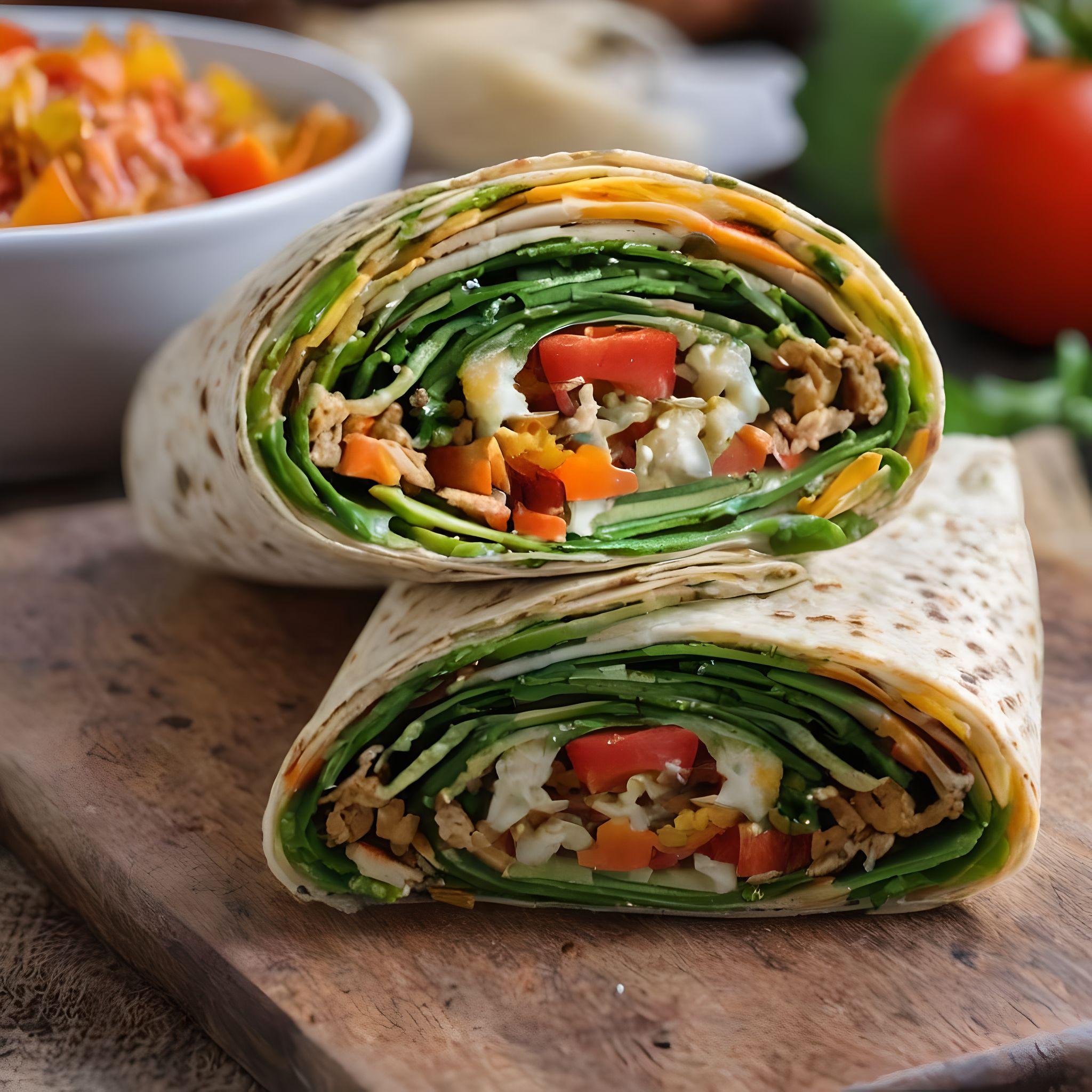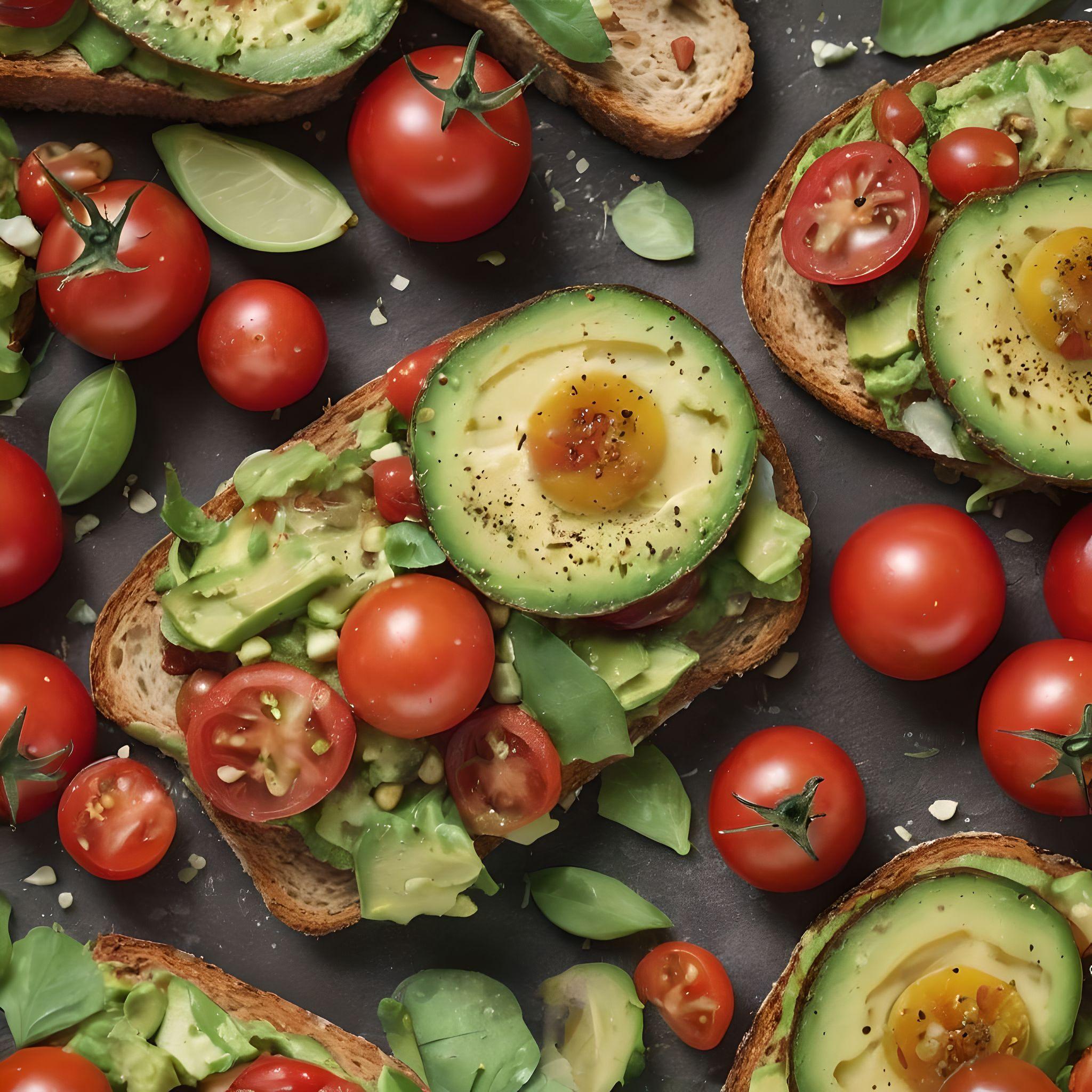
Baking Basics: Mastering the Art of Bread Making
Ever wondered why fresh bread smells so warm and inviting? As we explore baking basics, you’ll learn the art of bread making. It’s not just about the smell; it’s about the joy it brings. We’ll cover the key techniques and ingredients needed for homemade bread.
From yeast to kneading, we’ll show you how to improve your baking. Are you ready to start this tasty journey of mastering bread making?
Key Takeaways
- Understanding the importance of each ingredient enhances your bread making skills.
- Yeast fermentation is crucial for achieving the perfect rise.
- Kneading dough helps develop gluten, which affects the bread texture.
- Familiarity with baking techniques leads to better results.
- Simple recipes can provide a solid foundation for aspiring bakers.
Understanding the Essentials of Bread Ingredients
The art of bread making starts with the right ingredients. These ingredients are key to getting the perfect flavor and texture. Knowing about flour types, water, and yeast fermentation is essential.
Each ingredient has its own role. Together, they create the final bread product.
Flour Types and Their Importance
Flour types vary and each has its own purpose. Here are some common ones:
- All-Purpose Flour: Versatile and good for most bread recipes.
- Bread Flour: Has more protein for a chewier texture.
- Whole Wheat Flour: Nutritious and gives a heartier taste, may need more water.
Choosing the right flour is crucial. It affects the bread’s texture and rise.
The Role of Water in Bread Making
Water is a key ingredient in bread making. It helps dissolve other ingredients. The quality and temperature of water matter a lot.
Good hydration helps yeast fermentation. It also helps in forming gluten, which affects texture and volume.
Yeast Fermentation: The Heart of Bread
Yeast fermentation is what makes bread rise. It turns sugars into carbon dioxide and alcohol. This makes the dough expand.
As yeast works, it adds flavor and aroma. Getting the temperature and time right is important for great results.
Baking Basics: Mastering the Art of Bread Making
Understanding gluten development is key to making perfect bread. Gluten is the main structure of bread. When flour and water mix, proteins form gluten. This gluten network helps the dough stretch and hold yeast gases, making the bread light and fluffy.
The Science Behind Gluten Development
When ingredients mix, proteins like glutenin and gliadin start to bond. Kneading makes these proteins stronger, creating a better dough. This dough then rises better and tastes better.
Different flours affect gluten differently. For example:
- All-purpose flour has a good balance for most breads.
- Bread flour has more protein for stronger yeast breads.
- Whole wheat flour can make bread denser because of its bran and germ.
Choosing the right flour mix is crucial for the right gluten. Knowing about gluten helps bakers make bread that looks and tastes great.

| Flour Type | Protein Content | Gluten Development | Best For |
|---|---|---|---|
| All-purpose Flour | 10-12% | Moderate | General Baking |
| Bread Flour | 12-14% | High | Yeast Breads |
| Whole Wheat Flour | 12-14% | Lower | Whole Grain Breads |
| Gluten Flour | 40% | Very High | Enhancing Dough |
Choosing the Right Equipment for Bread Making
To make the perfect loaf, knowing what bread making equipment you need is key. Choosing good baking tools can make your baking better and more fun. This part talks about the essential tools for home bakers and how different ovens affect baking.
Must-Have Baking Tools
Getting the right baking tools is important. Here are some must-haves:
- Mixing Bowls: You need sturdy, big bowls for mixing without spills. Glass or stainless steel bowls are best for easy cleaning.
- Measuring Cups and Spoons: To get consistent results, you need accurate measurements. Stainless steel or clear plastic sets are good choices.
- Dough Scrapers: These tools help divide dough and clean surfaces well.
- Baking Sheets: Pick heavy-duty, non-stick sheets for even heat.
- Proofing Baskets: These help with the final rise and keep dough shape, improving texture.
Oven Types and Their Effect on Baking
The oven type greatly affects baking. Here’s a look at popular oven types:
| Oven Type | Features | Best For |
|---|---|---|
| Conventional Oven | Uses top and bottom heating elements; ideal for traditional baking | Basic bread recipes |
| Convection Oven | Circulates hot air for even baking; cooks faster | Crusty loaves and multiple trays |
| Toaster Oven | Compact and energy-efficient; suitable for small batches | Quick bread or small portions |
Key Baking Techniques Every Home Baker Should Know
Mastering key baking techniques is crucial for home bakers. Learning to knead dough and proof bread can improve your skills. This leads to loaves with perfect texture and volume.
Kneading Dough: How to Achieve the Perfect Texture
Kneading dough is a key skill in bread making. It develops gluten, which is essential for bread’s structure and texture. Here’s how to knead dough effectively:
- Start with a clean surface. Lightly flour your work area to prevent sticking.
- Flatten the dough. Use the palms of your hands to press down and outward.
- Fold and turn. Bring the dough back to the center and rotate it a quarter turn.
- Repeat. Continue kneading for about 8-10 minutes until the dough is smooth and elastic.
To check if your dough is ready, perform the windowpane test. Stretch a small piece of dough; it should form a thin membrane without tearing.
Understanding Proofing Bread for Maximum Rise
Proofing bread is a critical step that allows the dough to rise before baking. This process enhances flavor and texture, resulting in a more substantial loaf. Proper conditions are vital for effective proofing:
- Temperature: Aim for a warm environment, ideally around 75°F to 80°F.
- Humidity: A slightly humid atmosphere can prevent the dough from drying out.
- Time: Allow sufficient time for the dough to double in size, usually 1-2 hours.
Many bakers use a damp cloth to cover their dough during proofing to retain moisture. Monitoring your dough regularly will ensure that it reaches its peak before baking.
Mastering Bread Recipes for Beginners
Baking bread can be fun and rewarding, especially with easy recipes for beginners. Mastering a few basic recipes is key to making great bread. Here are two easy recipes: a simple white bread and a tasty whole wheat bread.
Simple White Bread Recipe
This recipe makes a fluffy loaf perfect for sandwiches or toast. It’s great for new bakers because it only needs a few ingredients.
- Ingredients:
- 4 cups all-purpose flour
- 1 packet (2 1/4 teaspoons) active dry yeast
- 1 1/2 cups warm water
- 2 tablespoons sugar
- 1 teaspoon salt
- 2 tablespoons unsalted butter, melted
- Instructions:
- In a bowl, mix sugar and warm water. Sprinkle yeast on top. Wait 5-10 minutes for it to get foamy.
- Add melted butter and salt, then flour one cup at a time.
- Knead the dough for 10 minutes until it’s smooth and elastic.
- Put the dough in a greased bowl, cover, and let it rise until it doubles, about 1 hour.
- Punch down the dough, shape it into a loaf, and put it in a greased pan.
- Cover and let it rise again for 30 minutes.
- Bake in a preheated oven at 350°F for 30 minutes or until it’s golden.
Delicious Whole Wheat Bread Recipe
Whole wheat bread is tasty and nutritious. This recipe uses whole grain flour and makes a soft loaf.
- Ingredients:
- 2 cups whole wheat flour
- 2 cups all-purpose flour
- 1 packet (2 1/4 teaspoons) active dry yeast
- 1 1/2 cups warm water
- 2 tablespoons honey
- 1 teaspoon salt
- 2 tablespoons olive oil
- Instructions:
- Mix warm water and honey in a bowl, add yeast. Wait 5-10 minutes for it to activate.
- Stir in salt and olive oil, then add whole wheat and all-purpose flour.
- Knead the dough for 8-10 minutes until it’s smooth.
- Let the dough rise in a greased bowl covered with a damp cloth until it doubles, about 1 hour.
- Shape the dough into a loaf and place it in a greased pan.
- After 30 minutes of rising, bake in a preheated oven at 350°F for 25-30 minutes until fragrant and golden.
The Importance of Oven Temperatures in Baking
Knowing the right oven temperature is key for baking bread. Different breads need different temperatures to turn out right. For example, artisan loaves bake best at high temperatures for a crispy crust. On the other hand, softer breads like sandwich bread do better at lower temperatures.

It’s important to preheat the oven to the right temperature before putting in the dough. Skipping this step can cause uneven baking. Using an oven thermometer helps ensure the temperature is accurate, leading to better results.
- For crusty artisan bread: Bake at 425°F to 475°F
- For soft sandwich bread: Stick to 350°F to 375°F
- For quick breads, like banana or zucchini bread: Aim for around 350°F
Baking bread needs careful attention, especially when moving it from the oven to cooling racks. You might need to adjust based on your oven’s unique characteristics. By watching baking times and making tweaks, you’ll get better at making bread over time.
Artisan Techniques for Beautiful Bread
Improving your bread-making skills means learning special techniques. These can turn a simple loaf into a beautiful work of art. Scoring loaves and trying new bread shapes are key to making your bread look and taste great.
Scoring Loaves for Aesthetic Appeal
Scoring loaves is more than just making it look good. It helps the dough expand evenly by letting steam out. Using a sharp knife, bakers make cuts that control how the dough grows. This affects the loaf’s look and feel.
Creative Bread Shaping Methods
Trying different bread shapes can make your bread stand out. Methods like braiding or making rolls add elegance. By experimenting with styles, you can impress everyone with your beautiful, handmade bread.
Exploring Artisan Sourdough Bread Making
Artisan sourdough bread making is a journey for both new and seasoned bakers. It combines flavor and technique beautifully. The sourdough starter and fermentation process are key, making delicious bread.
Understanding the Sourdough Starter
A sourdough starter is the heart of artisan sourdough. It’s a mix of flour and water with wild yeast and bacteria. To start, mix equal parts of flour and water and let it sit at room temperature.
As it sits, it will start to bubble. This means the wild yeast is working. To keep it alive, feed it fresh flour and water regularly. A healthy starter makes your bread rise and adds a tangy flavor.
The Fermentation Process in Sourdough
The fermentation process makes sourdough unique. Wild yeast in the starter breaks down sugars, creating carbon dioxide and lactic acid. This makes the crust’s texture and flavor special.
Flavors grow and get richer over hours or days. There are stages like bulk fermentation and final proofing. Each stage is crucial for the best flavor and texture. Patience is key in artisan sourdough, as it enhances the bread’s taste.
Common Troubleshooting Tips for Bread Makers
Baking bread can be very rewarding, but it comes with its own set of challenges. Knowing how to fix common problems can greatly improve your bread’s quality. We’ll look at how to solve issues like dough that won’t rise and overbaked bread.
Dealing with Dough That Won’t Rise
When your dough won’t rise, it can be really frustrating. First, make sure your yeast is fresh and active. Bad yeast won’t make your dough rise. Also, the environment around you matters a lot.
- Temperature: Yeast loves warm places. Try to keep the temperature between 75°F and 85°F for best results.
- Moisture: If your dough is too dry, it won’t rise well. Adding a bit of water or milk can help the yeast work better.
- Time: Sometimes, dough needs more time to rise, especially in cooler places. Be patient and let it rise longer.
How to Fix Overbaked Bread
Overbaked bread can be tough and dry. If your bread is overbaked, here are some ways to fix it:
- Reviving Dry Bread: To add moisture, lightly sprinkle water on the crust and wrap it in foil. Then, warm it up in the oven for a few minutes.
- Salvaging the Crust: If the crust is too hard, slice the bread and toast it lightly. This will make it crunchier and tastier.
- Crossover Recipes: Use your overbaked bread in recipes like bread pudding or croutons. This turns your mistake into a tasty dish.
By learning these basic tips, bakers can get better at their craft. This helps solve common problems and makes bread-making more enjoyable.
Elevating Your Bread Making Skills
Starting your journey to improve bread-making skills is exciting. It’s key to feel confident with more complex recipes. Try making enriched doughs and specialty breads to level up. Adding eggs, milk, or butter can make your bread taste richer and feel softer.
Looking for ways to learn and try new things is important. Online courses and baking communities are great for this. They help you share ideas and learn from others. This way, you’ll get better at making advanced breads.
Getting good at bread making takes time and practice. Be open to trying new ingredients and methods. With the right attitude and effort, you’ll soon be making all sorts of artisanal breads. Start exploring advanced baking techniques and watch your skills grow!




